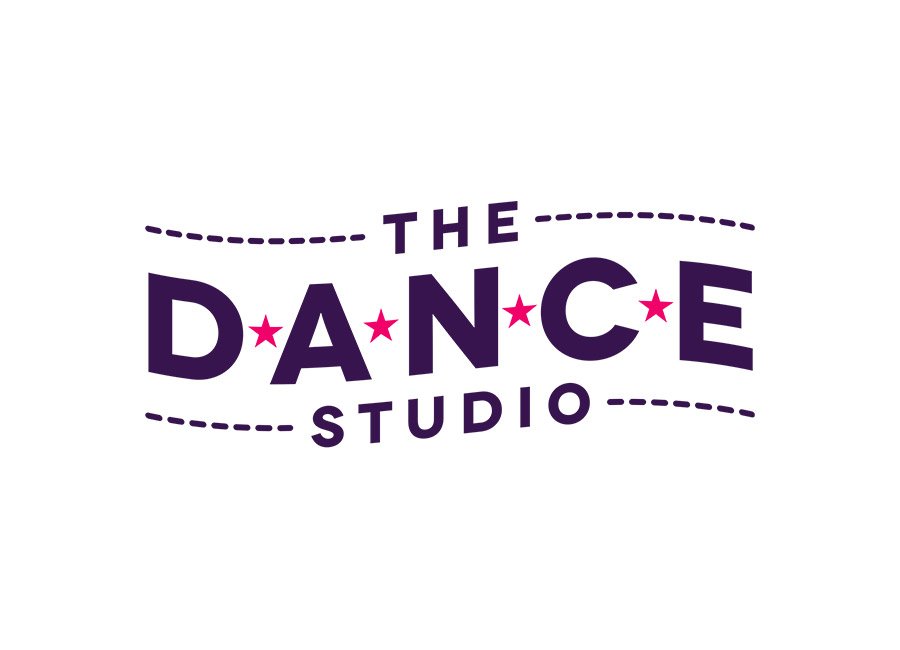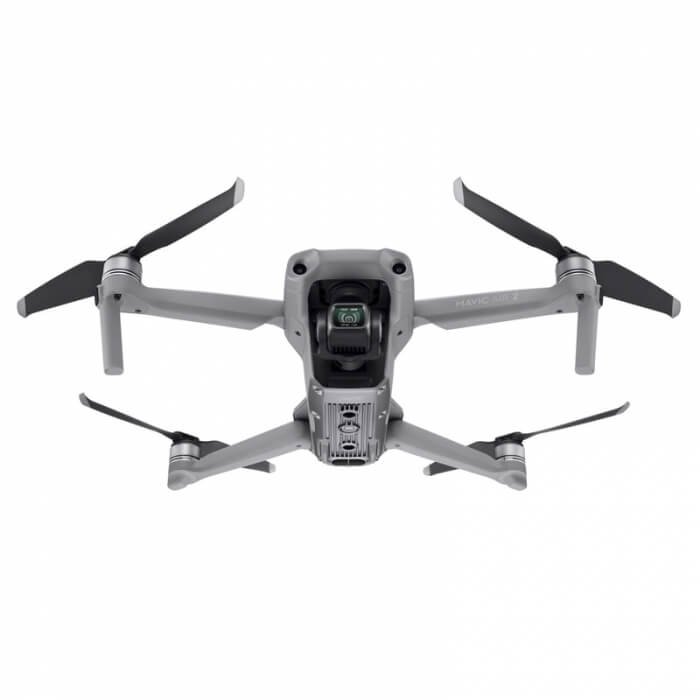Skin pop scars, also known as injection site scars or track marks, are skin lesions that result from the repeated injection of drugs or other substances into the skin. These scars are a visible sign of substance abuse and can have various causes and associated symptoms. In this article, we will discuss skin pop scars in simple, plain English language, covering definitions, types, causes, symptoms, diagnostic tests, treatment options, drugs often associated with skin popping, and additional details.
Definitions:
- Skin Pop Scar: A skin pop scar is a mark or scar on the skin caused by repeated injections of drugs or other substances.
- Injection Site Scar: Another term for skin pop scar, referring to scars formed at the site where substances are injected beneath the skin.
Types of Skin Pop Scars:
There are several types of skin pop scars, each with its own characteristics:
- Puncture Marks: These are small, round scars that result from the insertion of a needle into the skin.
- Linear Scars: Linear scars are elongated marks, often in a row, resembling tracks. They are common in individuals who repeatedly inject substances along the same path.
Causes of Skin Pop Scars:
Skin pop scars primarily result from substance abuse, but there can be various contributing factors:
- Injection Drug Use: The most common cause is injecting drugs, such as heroin, cocaine, or methamphetamine, beneath the skin’s surface.
- Frequency of Injections: Frequent injections, especially in the same area, increase the likelihood of developing skin pop scars.
- Poor Injection Technique: Scar formation can be exacerbated by improper injection technique, including using dull needles or injecting too deeply.
- Skin Infections: Infections that develop at injection sites can lead to scarring if left untreated.
- Unsterile Equipment: Using unsterile needles and syringes can introduce bacteria and cause skin damage.
Symptoms of Skin Pop Scars:
The symptoms of skin pop scars are primarily visual, but they can have psychological and physical implications:
- Visible Scars: The most apparent symptom is the presence of scars or marks on the skin.
- Discoloration: Scars may appear darker or lighter than the surrounding skin.
- Psychological Impact: Skin pop scars can lead to self-esteem issues, anxiety, and depression due to their visibility and association with substance abuse.
Diagnostic Tests for Skin Pop Scars:
Diagnosing skin pop scars is typically straightforward, based on visual examination. However, if there are complications or infections, additional tests may be required:
- Visual Examination: A healthcare provider can usually diagnose skin pop scars by looking at the affected area.
- Culture and Sensitivity Testing: If there are signs of infection, a sample from the affected area may be cultured to identify the responsible bacteria and determine appropriate treatment.
Treatment Options for Skin Pop Scars:
Treatment for skin pop scars can vary depending on their severity and the individual’s needs:
- Scar Creams: Over-the-counter or prescription scar creams can be applied to reduce the appearance of scars.
- Dermabrasion: A procedure where the top layer of skin is removed to improve scar texture.
- Laser Therapy: Laser treatments can target scar tissue and promote the growth of healthier skin.
- Counseling and Support: Individuals struggling with substance abuse may benefit from counseling and support groups to address the underlying causes of skin popping.
- Infection Treatment: If there are signs of infection, antibiotics or other medications may be prescribed.
Drugs Associated with Skin Popping:
Certain drugs are more commonly associated with skin popping:
- Heroin: This opioid drug is frequently injected beneath the skin, leading to track marks and skin pop scars.
- Cocaine: Some individuals inject cocaine beneath the skin’s surface, which can result in similar scars.
- Methamphetamine: Meth users may also resort to skin popping, causing skin damage.
- Prescription Drugs: In some cases, prescription medications, when abused through injection, can lead to skin pop scars.
In summary, skin pop scars are visible signs of substance abuse that can have various causes, including frequent injection drug use and poor technique. While the primary symptom is the presence of scars, there can be psychological and physical implications. Diagnosis is typically based on visual examination, and treatment options vary from scar creams to more invasive procedures. Seeking help for substance abuse is crucial to prevent further damage and address the root causes of skin popping.
Disclaimer: Each person’s journey is unique, treatment plan, life style, food habit, hormonal condition, immune system, chronic disease condition, previous medical history is also unique. So always seek the best advice from a qualified medical professional or health care provider before trying any treatments to ensure to find out the best plan for you. This guide is for general information and educational purposes only. If you or someone are suffering from this disease condition bookmark this website or share with someone who might find it useful! Boost your knowledge and stay ahead in your health journey. Thank you for giving your valuable time to read the article.















